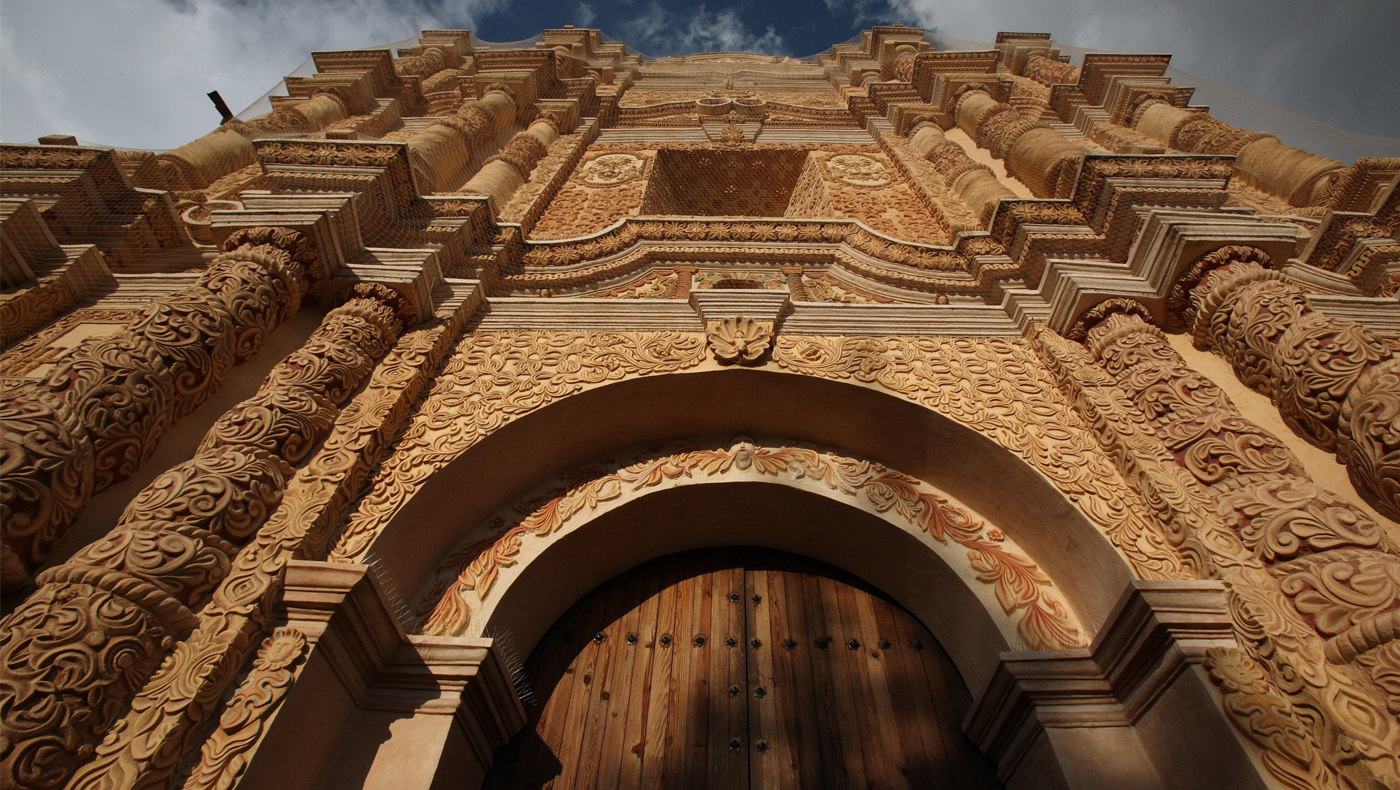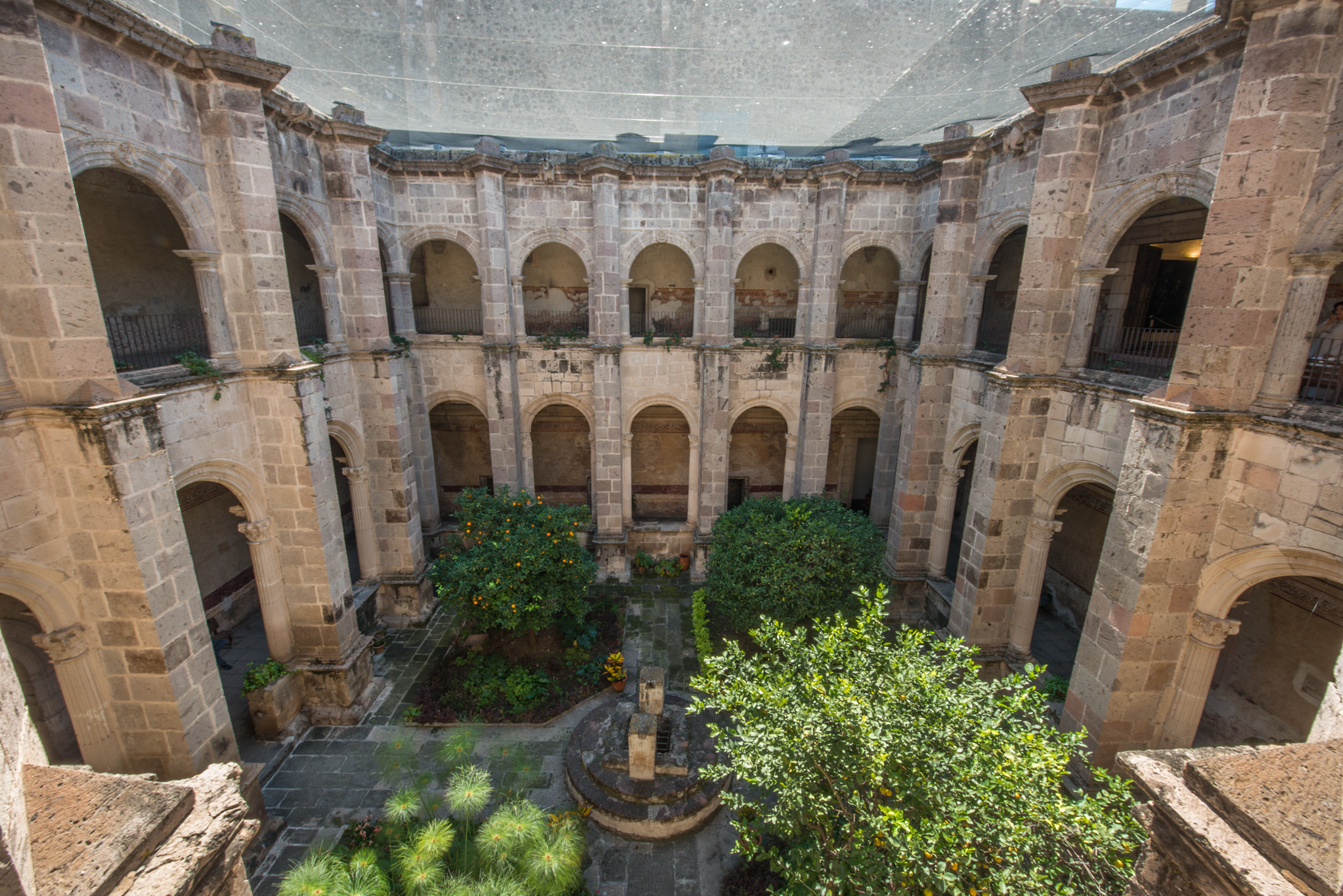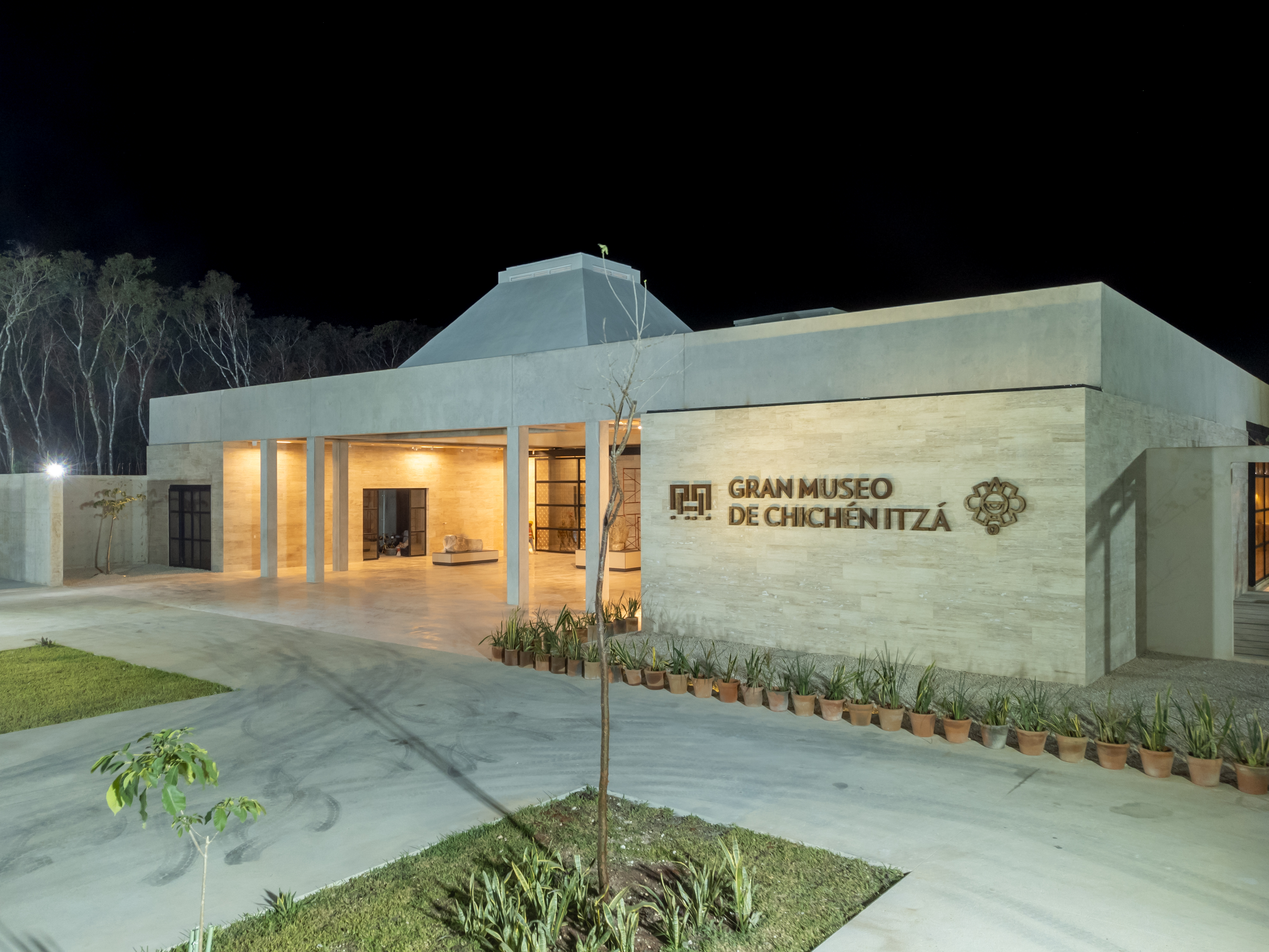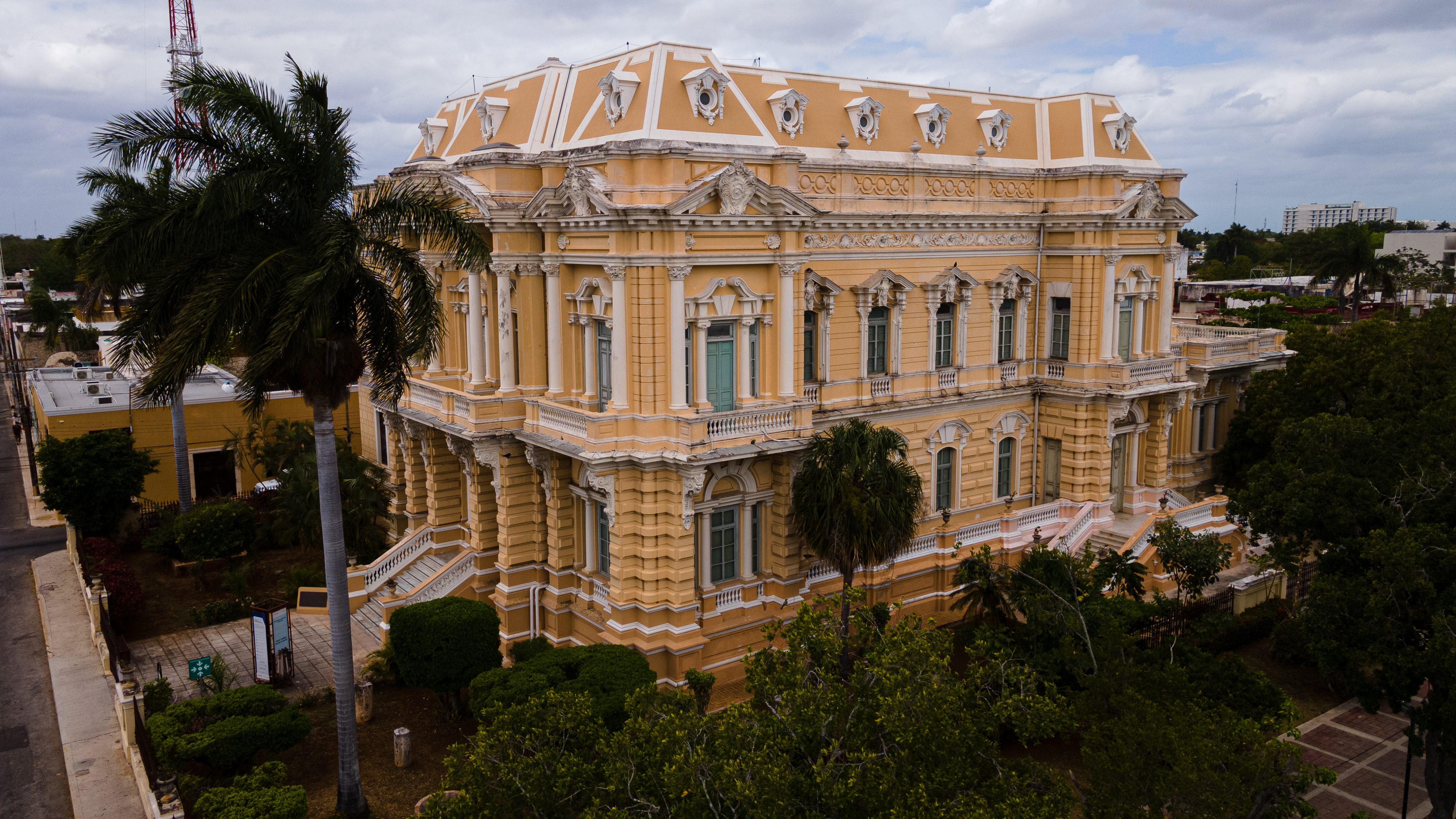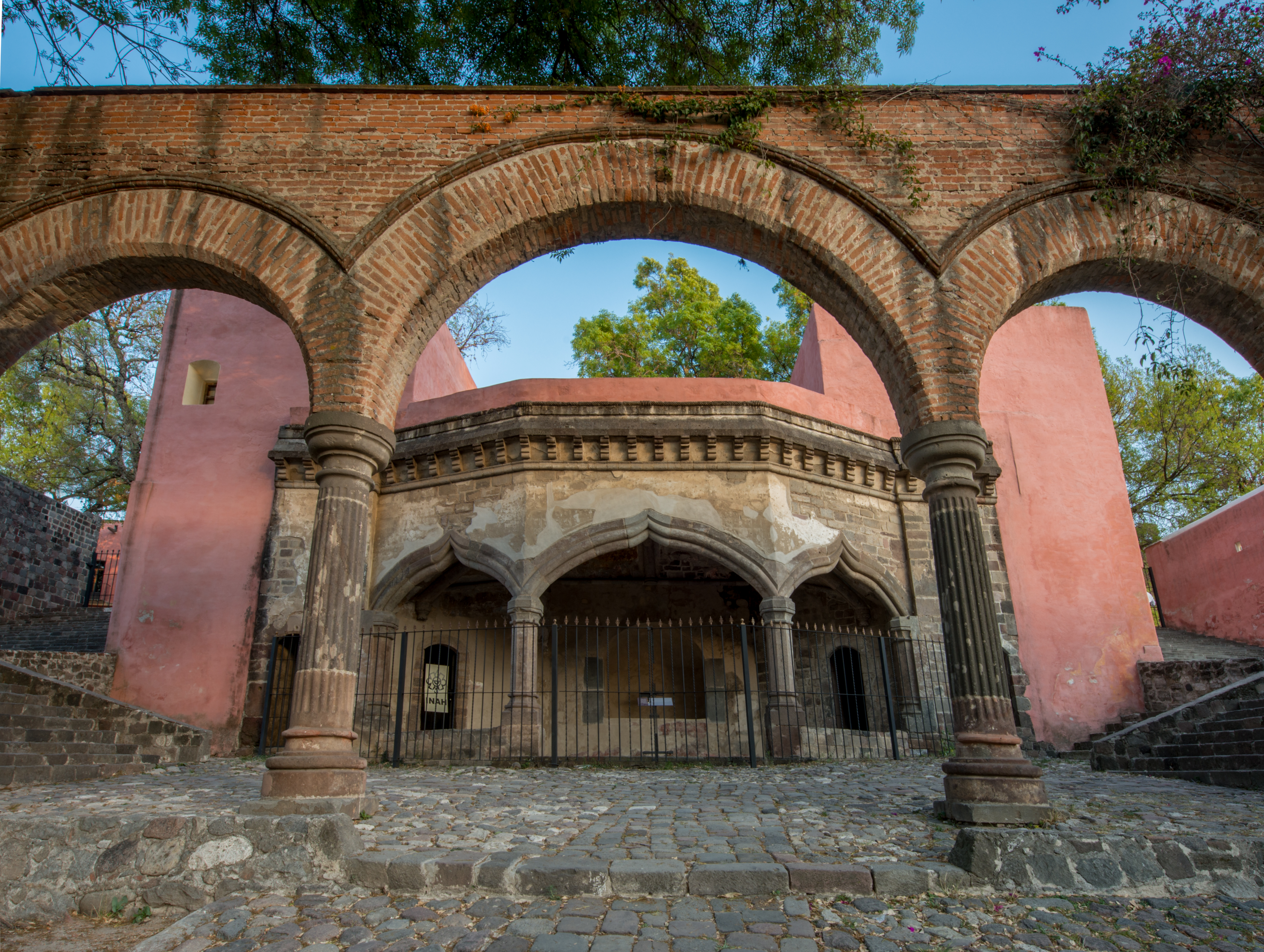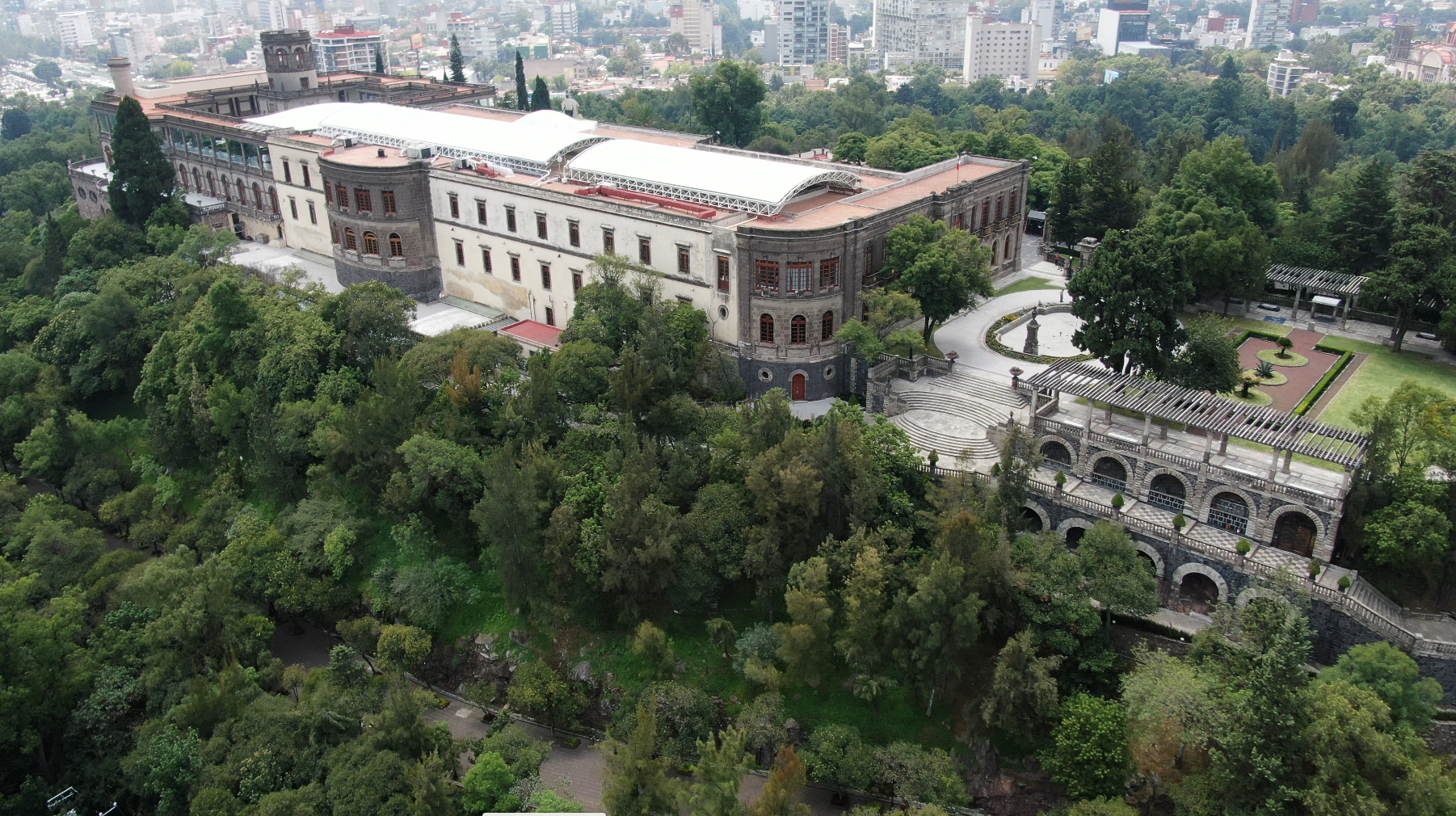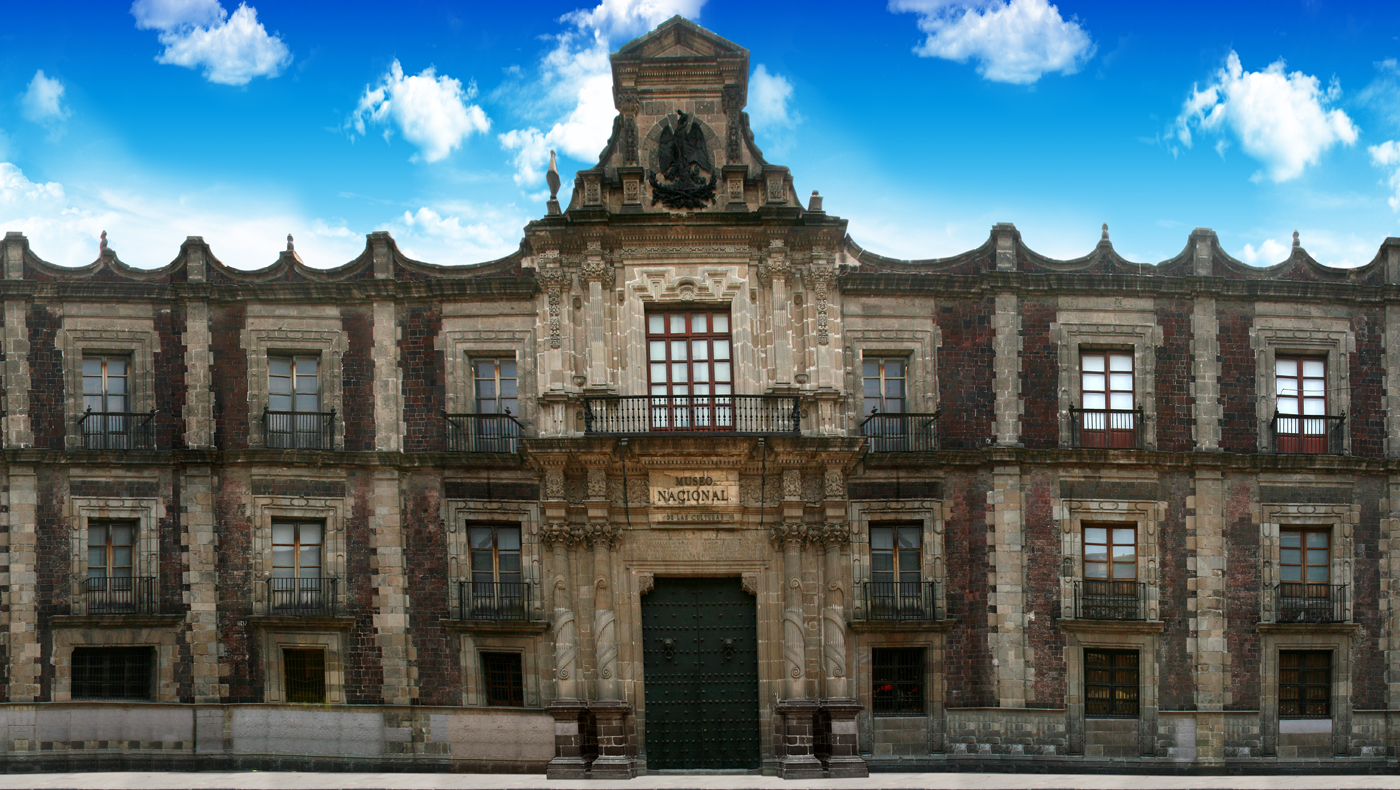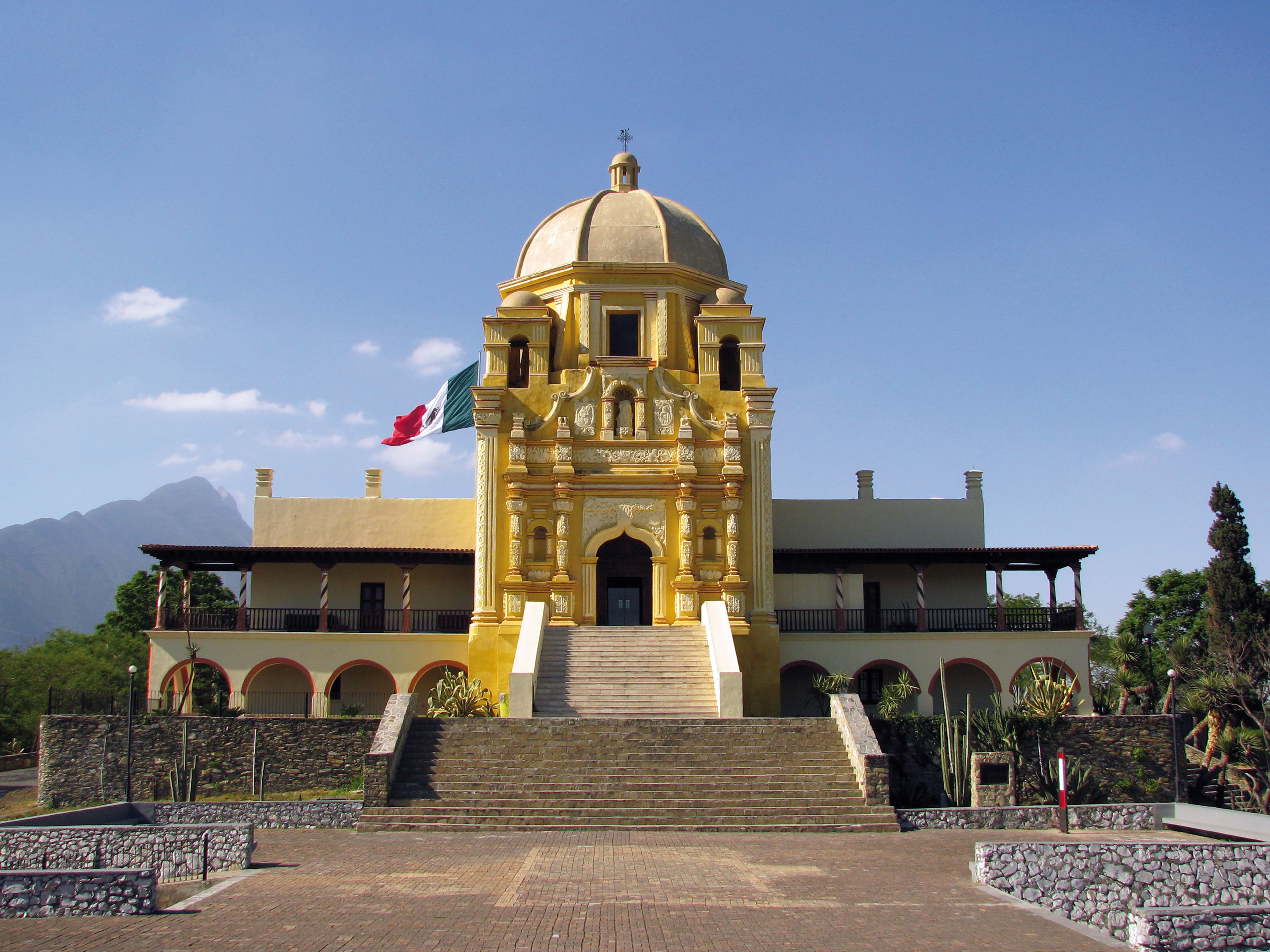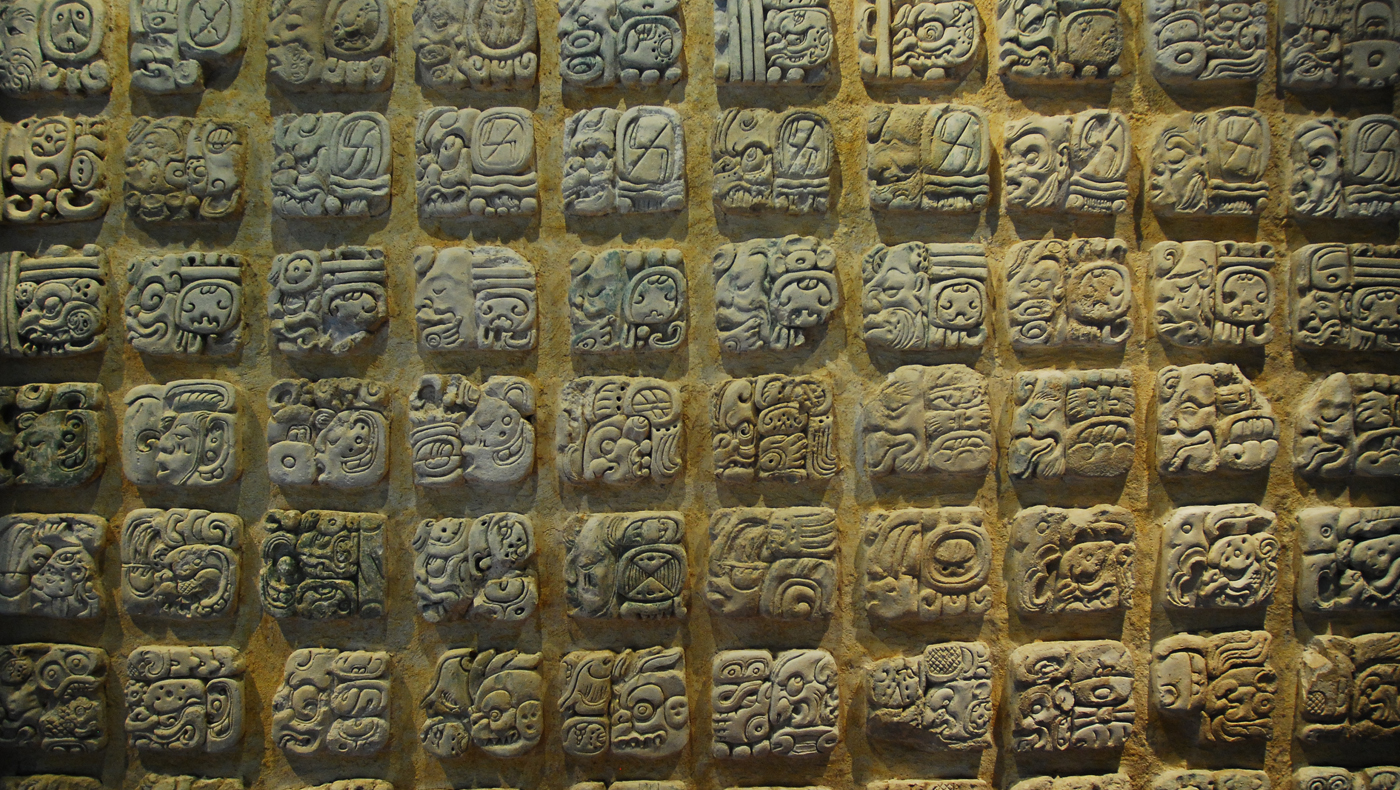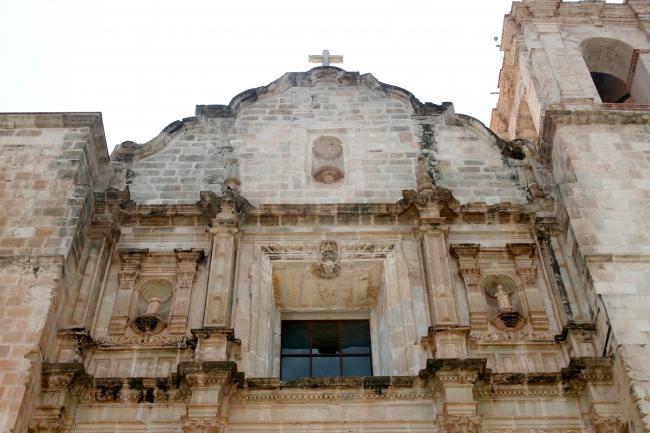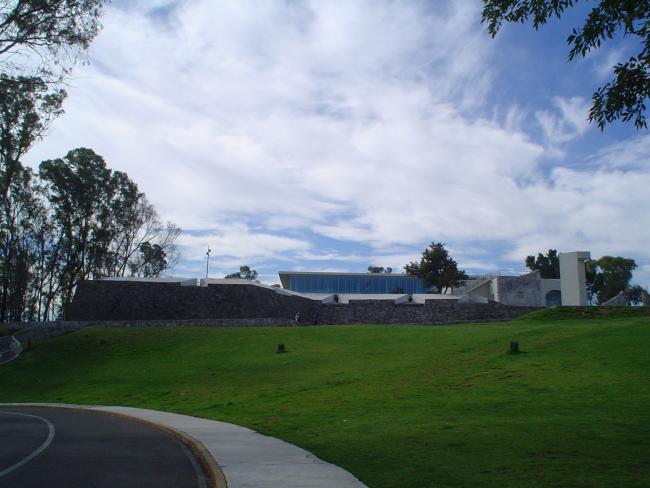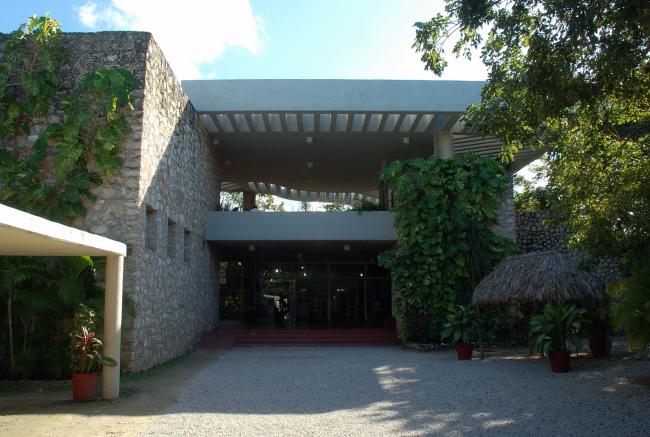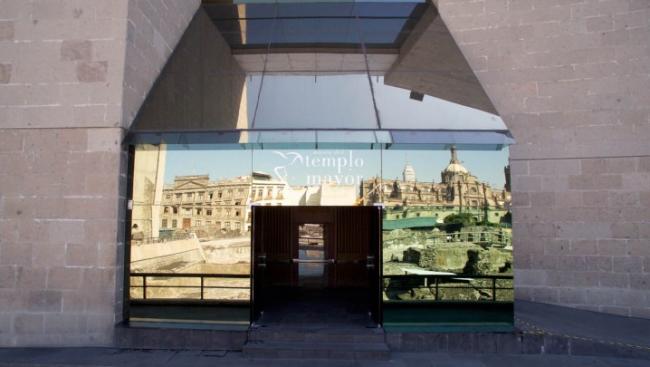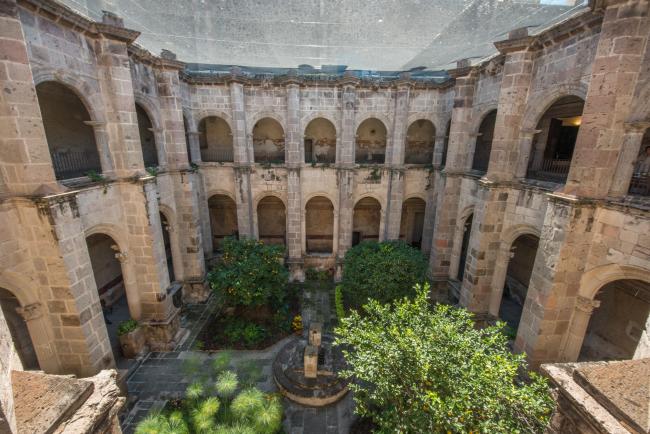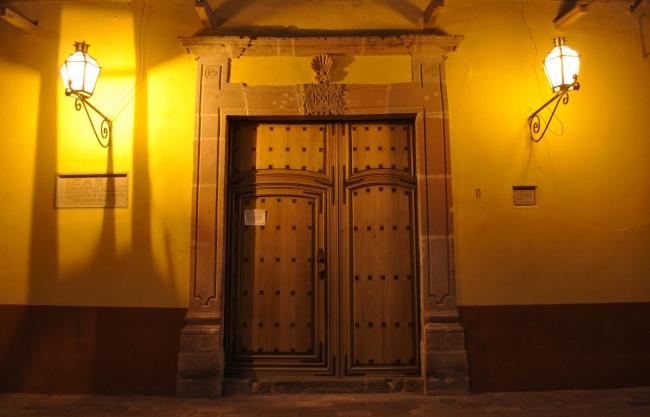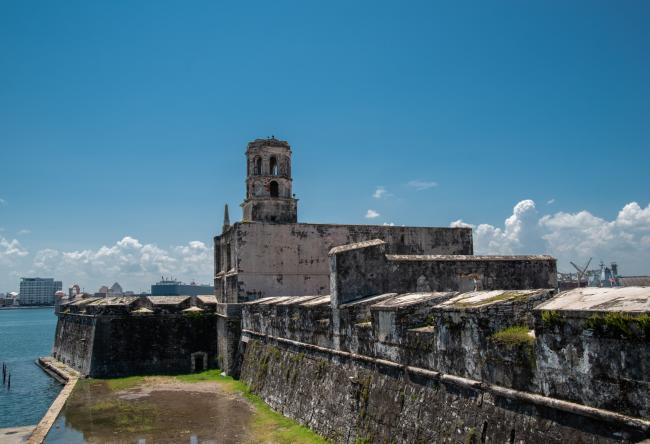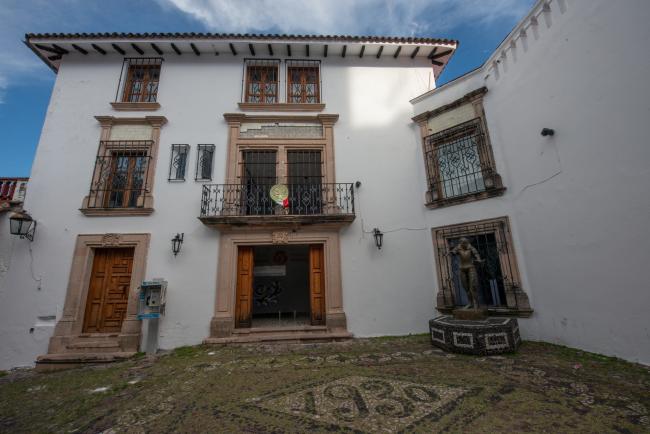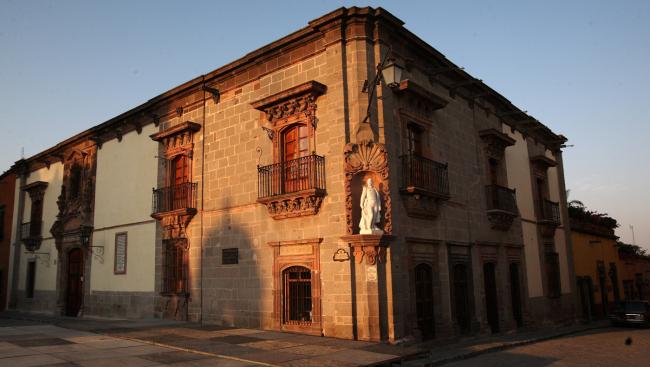Museo de Tepexpan
In 1947 the bones of the Man of Tepexpan were discovered, at that time the most ancient in Middle America (7,000 years old). The site has numerous remains of the period: prehistoric animal bones and stone tools on exhibition in the museum, together with a collection of ancient skulls.
Museo del Cuale, Puerto Vallarta
Located in the craft market on the island of Cuale. The museum displays a varied collection of loan items from the regional museums of Guadalajara, Colima and Michoacán, showing the traditions of the ethnic groups inhabiting the west of Mexico: the Chupicuaro, Tarascans and other cultures prior…
Museo del Ex Convento de Yanhuitlán
This was an important trading center both before and after the Conquest. With the construction of the Dominican convent (finished in 1575) it maintained this character as well as being an important center for evangelization. A notable collection of both religious and civic objects from the…
Museo del Fuerte de Guadalupe
“The nation’s arms are covered in glory” wrote general Zaragoza in his war report. He commanded the infantry and the forts of Loreto and Guadalupe. The fort of Guadalupe’s exhibitions tells its own story, victory at the Battle of Puebla and the triumph of the Republic.
Museo del Pueblo Maya Dzibilchaltún
The Maya language is spoken by all social strata in the Yucatan peninsula. The Maya are present today, yesterday and in the remote past. This museum explains their long, unbroken history with numerous examples of sculpture, pottery, houses, the calendar, work, writing, etc.
Museo del Templo Mayor
The Great Teocalli (temple) that amazed the Conquistadors remains a testament to the magnificence of the Tlatoani chiefs and the religiosity of their people; it was also the cosmic center of Mexica rule. A unique museum showing the remains of the original construction and its valuable monuments…
Museo del Tren Maya
Under the title “Along the Paths of Rescue, Trail of Time,” the Maya Train Museum presents the archaeological discoveries made during the explorations that accompanied this major infrastructure project.
Museo Ex Convento Agustino de San Pablo, Yuriria
The history of this building and its architectural qualities intrinsically illustrate the role played by monasteries during the spiritual conquest of the Gran Chichimeca area, and the acculturation processes of the Yuriria region. Visiting its different spaces provides inspiration and insights…
Museo Ex Curato de Dolores
Don Miguel Hidalgo’s last home, which he left in order to lead the first phase of the War of Independence. It contains the national hero’s personal objects, arms and documents of the time, reproductions of portraits, lithographs and books that belonged to him, in a carefully recreated atmosphere…
Museo Fuerte de San Juan de Ulúa
Restored in 2012, this site museum has exhibits of Olmec, Totonac and Huastec artefacts made from obsidian, stone and ceramic, as well as a collection of sixteenth-century European weapons, while also providing a military history of the mighty fort of San Juan de Ulúa.
Museo Guillermo Spratling
Spratling was a New York architect who settled in Taxco in 1929. He decided to make pre-Hispanic designs in the silver of the region and trained local artisans in his methods. He collected many beautiful pieces of pre-Hispanic art as well as copies, founding a great museum to house them.
Museo Histórico Casa de Allende
This museum occupies the former residence of Don Ignacio Allende and his parents: a prosperous family at the end of the viceregal period. With its collection of original items, loans from major museums from around Mexico, and a modern design, this space offers a comprehensive overview of this…

